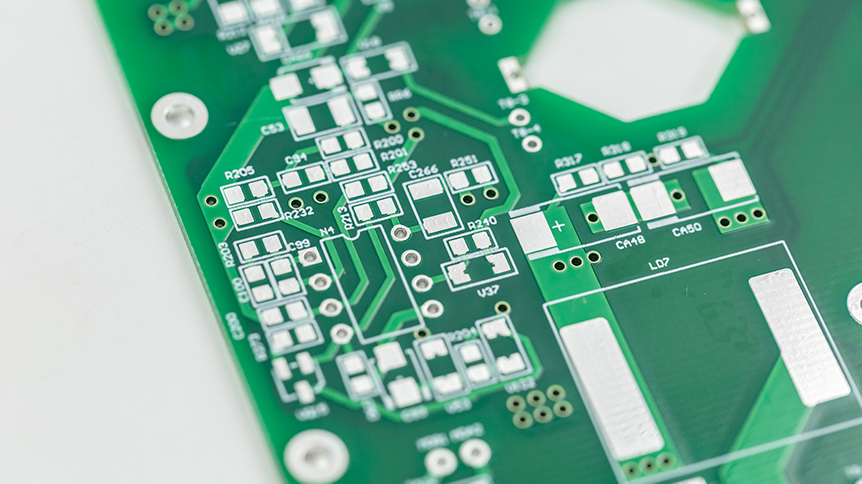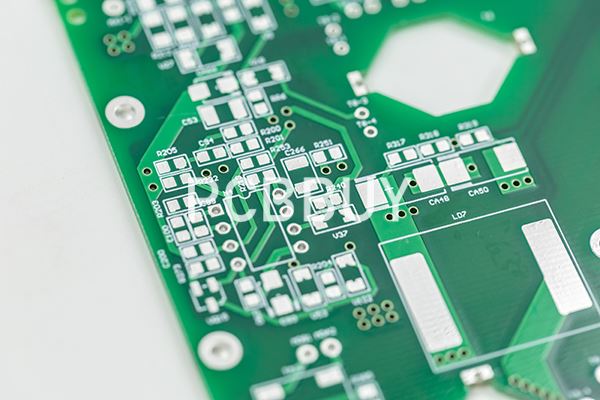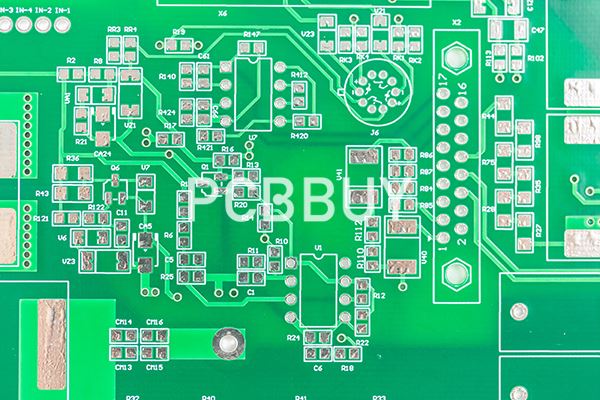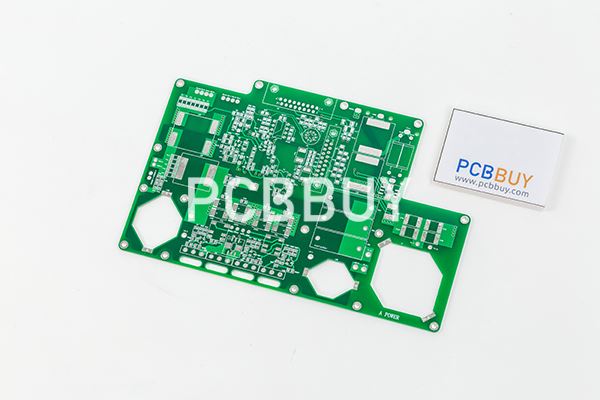What Is Pcb In Microwave Oven?
By:PCBBUY 09/15/2023 11:35

Microwave ovens have become a ubiquitous and indispensable appliance in modern kitchens, allowing for quick and efficient cooking and heating of food. Behind their user-friendly interface and convenient operation lies a complex internal system, including a Printed Circuit Board (PCB), which plays a pivotal role in the oven's functionality. In this article, we will explore the functions and components of the PCB in a microwave oven.
what is microwave oven?
A microwave oven is a kitchen appliance used for heating and cooking food. It utilizes microwave radiation to quickly heat food without the need for an open flame or stove. Here is some basic information about microwave ovens:

Working Principle: The core component of a microwave oven is the magnetron or magnetron switch, which generates microwave radiation. Microwaves are invisible electromagnetic waves that propagate inside the microwave oven and generate heat by interacting with food molecules. Water molecules in food are particularly efficient at absorbing microwave energy, allowing the microwave oven to rapidly heat the food.
Heating Food: Microwave ovens are used to heat, defrost, and cook a variety of foods, including frozen foods, leftovers, vegetables, meats, soups, and beverages. Users simply place the food on the microwave's rotating turntable, set the desired heating time and power level, and start the microwave. The food will be heated in a matter of minutes.
Rotating Turntable: Microwave ovens typically come with a rotating turntable that ensures even heating of food. The turntable continuously rotates, ensuring that microwave energy is evenly distributed to all parts of the food, preventing hot spots and cold spots.
Control Panel: Microwave ovens have a control panel with buttons and a digital display that allows users to set heating time, power level, and other cooking options. Some advanced microwave ovens have preset programs for specific types of food, such as popcorn, rapid defrosting, or baked potatoes.
Safety Features: Microwave ovens are equipped with various safety features, including child lock functions to prevent accidental operation by children and overheat protection to prevent food from overheating.
Cleaning and Maintenance: Maintaining a microwave oven is relatively simple and involves regular cleaning of both the interior and exterior. The interior may accumulate food residue and splatters that need to be cleaned periodically.
In summary, a microwave oven is a convenient and efficient kitchen appliance that rapidly heats and cooks various foods using microwave radiation. It has become a common fixture in modern household kitchens, providing significant convenience for busy lifestyles.
The microwave oven circuit board is a crucial component within a microwave oven responsible for controlling and coordinating various functions of the microwave. This article will introduce the basic concepts, components, and functions of microwave oven circuit boards, as well as discuss relevant design, manufacturing, and maintenance aspects.

I. Basic Concepts of Microwave Oven Circuit Boards
A microwave oven circuit board is a specialized electronic circuit board used for controlling a microwave oven. It primarily consists of a printed circuit board, electronic components, and connecting wires. The printed circuit board serves as the core component of the microwave oven circuit board, being an insulating substrate with conductive traces and circuit patterns that allow electronic components to be mounted and interconnected. Electronic components, such as resistors, capacitors, inductors, diodes, and transistors, play various roles within the circuit, such as regulating voltage, controlling current, and filtering. Connecting wires are used to establish connections between the circuit board and electronic components, facilitating signal transmission.
II. Composition and Functions of Microwave Oven Circuit Boards
A microwave oven circuit board is typically composed of the following key components:
Control Circuit: The control circuit is the central part of the microwave oven circuit board, responsible for managing and regulating various functions of the microwave oven. It typically includes a microprocessor, transistors, and relays that enable adjustments and control of parameters such as heating time and power.
High-Voltage Circuit: The high-voltage circuit is responsible for generating and transmitting high-voltage pulse signals to the magnetron of the microwave oven. This circuit comprises components like a pulse transformer, high-voltage rectifier, and high-voltage capacitor, which transform low-voltage signals into high-voltage signals and deliver them to the magnetron.
Microwave Emission Circuit: The microwave emission circuit is responsible for transmitting the high-frequency microwave signals generated by the magnetron to the microwave oven's internal heating element. This circuit includes components like a waveguide and a microwave emitter, ensuring that microwave signals are transmitted to the heating element for food heating.
Control Panel: The control panel serves as the human-machine interface of the microwave oven circuit board. It typically consists of buttons, a display screen, and controls for setting parameters such as heating time and power. Some advanced microwave ovens may include preset programs for specific food types like popcorn or rapid defrosting.
The primary function of the microwave oven circuit board is to control and coordinate the various components of the microwave oven, enabling them to work together to heat food. Specifically, it translates user-set parameters such as heating time and power into control signals, transmitting them to the magnetron and other components to ensure that they operate as required for food heating. Additionally, the microwave oven circuit board incorporates fault detection and protection mechanisms, cutting off power and issuing alerts when abnormal conditions are detected.

III. Manufacturing and Maintenance of Microwave Oven Circuit Boards
The manufacturing process of microwave oven circuit boards involves multiple stages, including circuit design, fabrication of printed circuit boards, procurement and assembly of electronic components, quality testing, and more. During manufacturing, attention must be given to aspects like the design and reliability of the circuit, precision and quality of printed circuit boards, and adherence to standards for electronic component procurement and assembly. Strict quality checks and testing are necessary to ensure the quality and longevity of microwave oven circuit boards.
When a microwave oven circuit board experiences a malfunction, troubleshooting and repair are required. Common issues may include power failures, control malfunctions, and heating problems. For power-related issues, checking the power supply cable, plug connections, and potential damage is recommended. Control malfunctions may involve inspecting microprocessors, transistors, and related components. Heating problems may require examination of the magnetron's functionality and the condition of the heating element. If basic troubleshooting methods fail to resolve the problem, it is advisable to seek assistance from professional technicians for diagnosis and repair.
Industry Category











